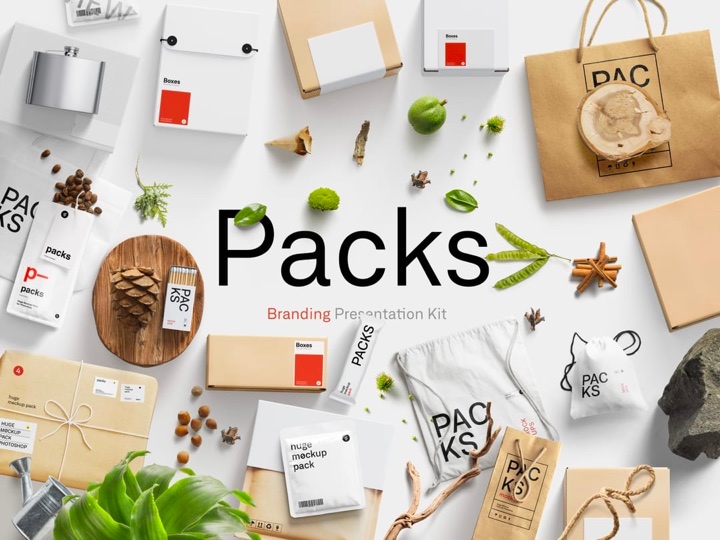Hi Chris,
OK. Understood.
Then I still have a related question.
As I understand it, every layer has its own transparency mask. This mask can be selected and saved into an alpha channel alrigt and written into a file format supporting alpha. However, the layer transparency always stays active, and when using the file for overlay the resulting keying is not perfect.
A company called Flaming Pear has this strange plugin to solve the problem. The plugin does ‘solidify’ the pixels that form the antialising part of the layer, even if there’s multiple different colors. However, it shows artifacts and does not do it perfectly. Also, it seems a bit bizarre to restore the pixel values this way, when internally the exact values of the antialiasing must be available and the calculations can be undone.
Your ‘video alpha’ feature did it the right way by copying the transparency masks of all layers, and combine them into one alpha channel, while at the same time deactivating the antialiasing calculations for the remaining transparency parts in all layers. This way one gets a perfect key.
So here’s the question: is there still a way to deactivate the antialiasing for the transparency parts? This way one could create two windows, one fill and one key, and have perfect real time keying the way your ‘video alpha’ did it.
